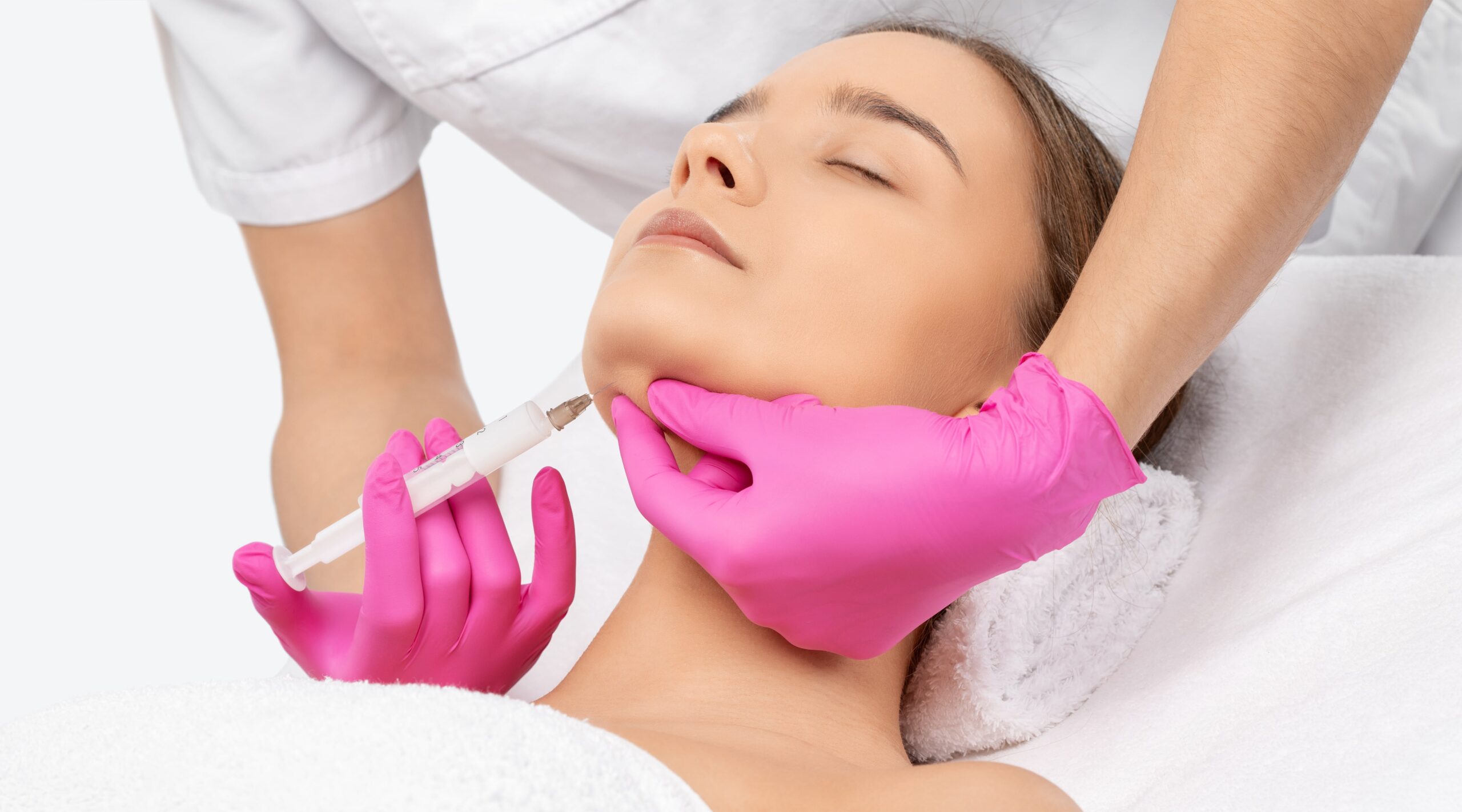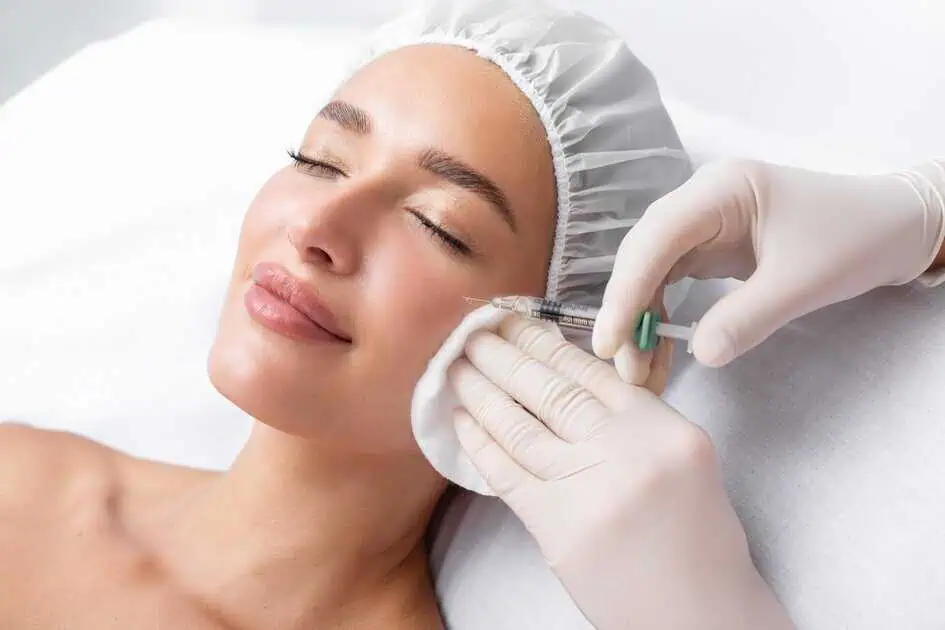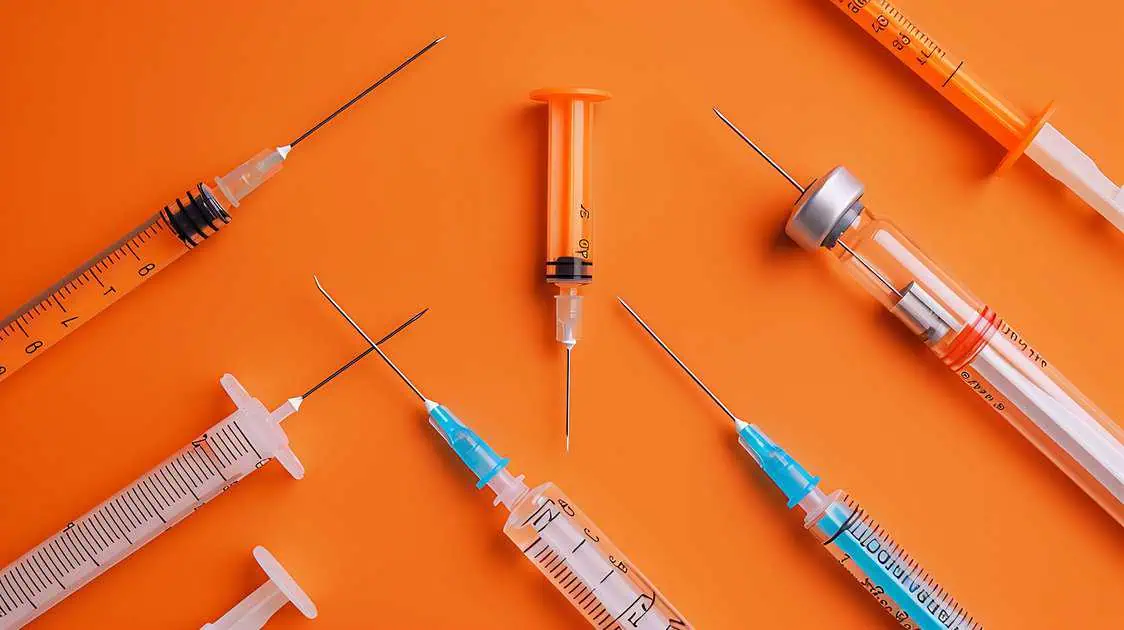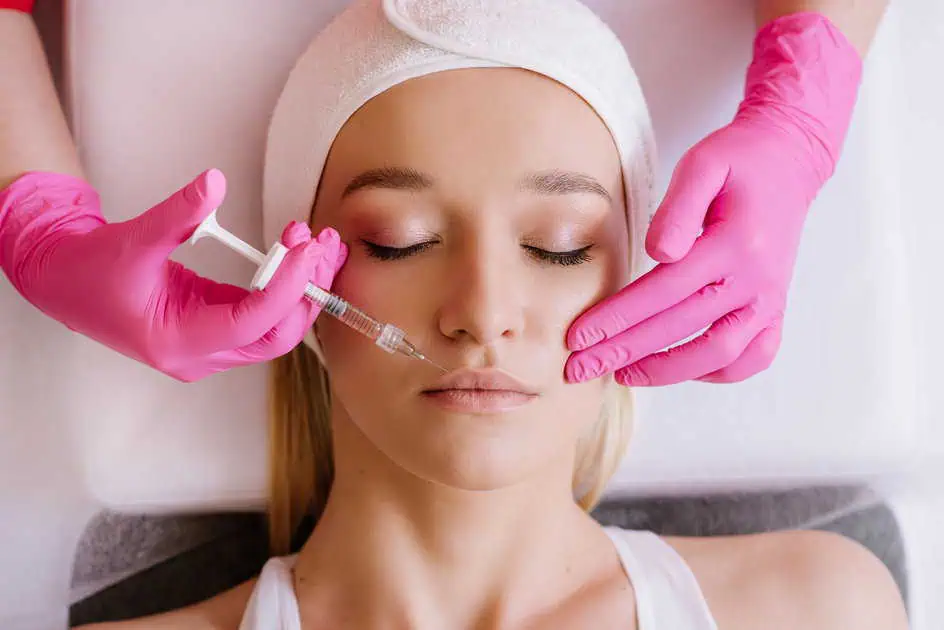Chemical peels are today’s modern approaches to skin rejuvenation. This technique smooths and improves the skin’s appearance and texture. It removes the outermost layers of skin, enhancing the look of scarring and aging. With different types of peels – light, medium, and deep, advanced chemical peels are superficial to medium-depth medical-grade.
A skin peel is a facial treatment technique that works by dissolving the upper layers of the skin, stimulating the epidermis and dermis, and regenerating the skin leaving it fresher, with a more even texture and tone. You must book a consultation and have your first treatment peeled first before advanced peel treatments.
Today, let us know more about chemical peels and how they work versus microneedling – what treatment it is and how it works. Then, they’ll determine which procedure is better for acne. Read until the end and discover if chemical peels are also for your skin.
What are Chemical Peels?
A chemical peel is a cosmetic treatment practitioner can apply to the face, hands, and neck. This treatment is used to improve the appearance or feel of the skin. They will apply chemical solutions to the targeted treatment area during chemical peels, causing the skin to exfoliate and eventually peel off. Once this event happens, new skin beneath often becomes smoother, appears less wrinkled, and may have less damage.
There exist several reasons why people may resort to chemical peels. These individuals may be looking for treatment for a variety of things, including:
- acne scars
- fine lines and wrinkles
- hyperpigmentation
- melasma
- sun damage
- uneven skin tone or redness
- unwanted scars
Chemical Peel Procedure
Typically, chemical peels are done inside the office. However, deep peels may also be done in outpatient surgical facilities. Before having the procedure, practitioners will likely have you tie back your hair. Practitioners will clean your face and apply for eye protection like goggles or gauze.
They may numb the targeted area using topical anesthetics, especially for those receiving a deep peel. Practitioners may also use a regional drug for deep peels, which can help numb large areas. These skin experts will likely do this step for face and neck treatments. You’ll also be given an IV for deep peels, and they will closely monitor your heart rate.
Potential Risks and Possible Side Effects of Chemical Peels
Common side effects of chemical peels are temporary, including burning, dryness, redness, stinging, and slight swelling. For those receiving deep peels, you may permanently lose the ability to tan.
Chemical peels can, however, have more serious risks and dangerous side effects that can be permanent. These include:
- Darkening or lightening of the skin color. These can be more common in people with darker skin.
- Heart, liver, or kidney damage. The phenol used in deep peels can damage the heart muscle, kidneys, and liver and cause irregular heartbeats.
- Infections. People with herpes simplex may experience flares following a treatment. Very rarely, chemical peels can cause fungal or bacterial infections.
- Scarring. This side effect can be permanent.
What is Microneedling?
Although traditional microneedling has been in practice for several years as a means of minimally-invasive skin remodeling, the automation of microneedling is a new advancement that has significantly increased the benefits and functionality of microneedling. The microneedling process has now been elevated to new heights with its progress. Some help for the skin includes:
How Does The Treatment Work?
Microneedling is an automated, pen-like device that contains several tiny needles in the tip. When this device is moved over targeted areas, the needles penetrate to a specific depth below the surface. This procedure stimulates the skin’s natural healing response, known as “collagen induction therapy.” This process targets signs of aging and surface imperfections at the source, gradually strengthens the skin and improves appearance.
This procedure is proven to be safe in multiple areas of the body, including the following:
- Abdomen – hyperpigmentation may occur here as well
- Arms – where skin texture usually diminishes
- Back – an acne scar-prone area as well
- Decollete – or a low neckline, especially in females
- Face – where fine lines and wrinkles commonly occur
- Hands – also an area prone to skin tarnishing
- Legs – skin tone and texture also lower here
- Neck – an area prone to dark spots
What to Expect from Microneedling
Microneedling is a beautiful system that encourages collagen production in the skin through a safe and proven procedure that has worked wonders for many. Using stainless steel needle cartridges results in micro-injury, or a precise and induced technique of stimulating the natural healing response of our body, eventually producing new collagen and, right away, improving the skin and its appearance overall. Microneedling promises you the following:
- A comfortable, well-tolerated treatment experience
- A quick, convenient treatment that only takes 15-30 minutes, depending on the treatment areas
- Long-lasting skin remodeling with long-lasting benefits
- Non-surgical and only minimally invasive
- Proven benefits for a wide range of skin imperfections
- The latest advancement in automated microneedling
- Zero downtime required
Potential Side Effects of Microneedling
One significant benefit of microneedling is its ability to renew skin from the inside out without downtime or recovery. A slightly flushed or pink appearance in treated areas is typical and should subside shortly. Most men and women can return to work and normal activities after microneedling without complications.
Results will vary per individual, and multiple sessions may be necessary to achieve your desired results. One primary risk is skin irritation, especially after the treatment. Other side effects may include swelling, discomfort, redness, bruising, dryness, and skin flaking. However, microneedling has generally been proven safe and effective for all skin problems and concerns.
Chemical Peels Vs. Microneedling
How do you choose the right procedure? Microneedling and chemical peels treat many of the same conditions, but the same therapy won’t work for everyone. Chemical peels treat more surface damage, like wrinkles, texture issues, and scarring. Microneedling treats conditions like rosacea, hyperpigmentation, and sagging skin. Chemical peels remove damaged skin layers, and microneedling works by inducing a healing process that replaces damage by filling it in with collagen.
Final Takeaways
Chemical peels generally work best on superficial imperfections, while microneedling penetrates deeper to improve more troublesome issues. Many people with acne scars find a combination of microneedling and chemical peels to deliver the best results. Talk to your doctor or healthcare provider to learn more about your options.
Do you want to experience chemical peels? Our wonderful friends at Luz MediSpa can help you today.







